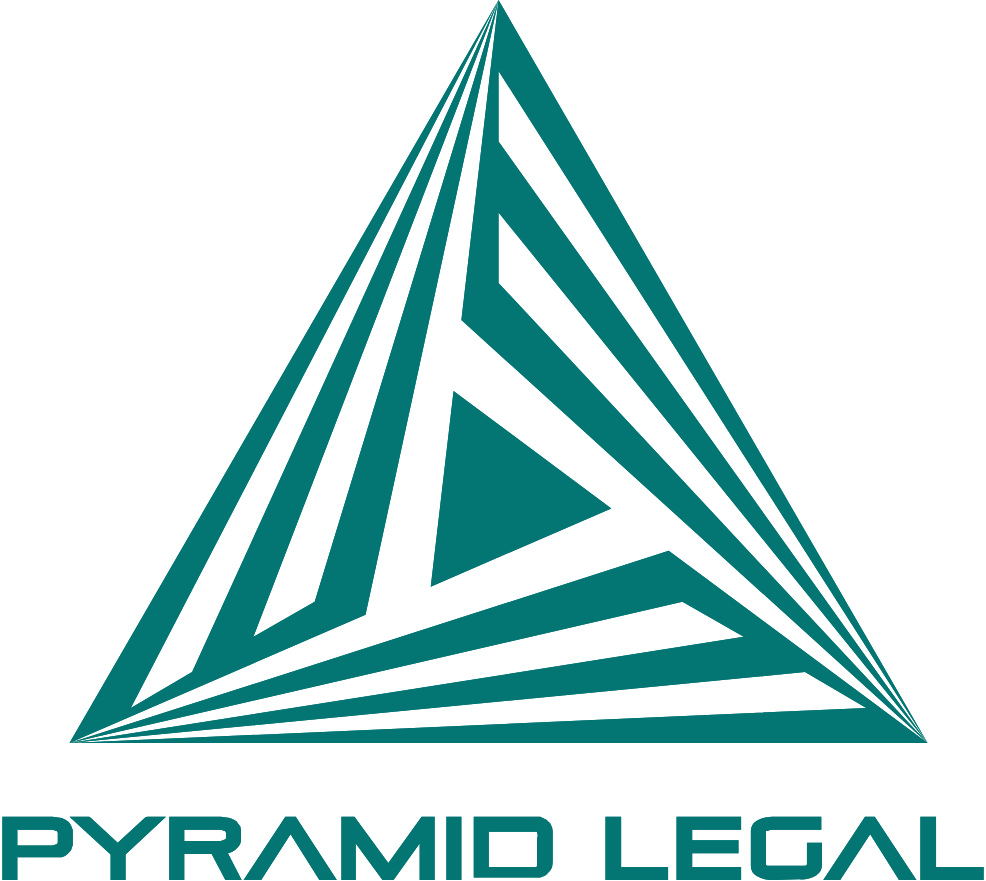TL;DR: Motorcycle accident claims are complex because of lane-splitting questions, bias against riders, multiple liable parties (drivers, cities, manufacturers), and strict deadlines. Below you’ll see the key legal issues, what evidence matters, timelines, and how Pyramid Legal builds strong cases.
From the first phone call to settlement talks, motorcycle accident claims can involve tough liability questions, multiple at-fault parties, and insurers who assume the rider is to blame. At Pyramid Legal, we cut through bias and build evidence the right way—fast.
Why Motorcycle Accident Claims Get Complex
- Bias against riders: Adjusters sometimes start with the assumption the motorcyclist was speeding or risky. We counter with scene data, dash/video, and expert reconstruction.
- Multiple liable parties: A single crash can implicate a driver, an employer (commercial vehicle), a public entity (road defect), a parts maker (product defect), and your own UM/UIM policy.
- High-stakes injuries: Orthopedic and TBI care drives damages higher—requiring rigorous medical proof, future-care projections, and wage-loss analysis.
Fault, Lane Splitting & Comparative Negligence
California defines lane splitting and authorizes CHP safety guidance. Whether a rider was lane-splitting safely often becomes a central dispute. We gather speed, traffic, and spacing evidence, plus witness angles, to show what actually happened.
California also uses pure comparative negligence, so even if a rider is partly at fault, recovery is reduced—not eliminated. This legal standard shapes negotiation strategy in most motorcycle accident claims.
Key proof: lane position, speed differential, vehicle movement (merging, sudden lane changes), and whether the rider stayed between the left lanes in slow traffic—details that matter when insurers argue fault.
Damages & Documentation that Move the Needle
- Medical proof: ER records, imaging, specialist notes, and treatment plans. We also document future care: surgeries, PT, injections, and accommodations.
- Work loss: Pay stubs, employer letters, tax returns for self-employed riders, and vocational opinions for reduced earning capacity.
- Pain & suffering: We capture day-in-the-life impacts—sleep, daily activities, hobbies—and use photos/journal entries to humanize the claim.
- Property damage: Total-loss valuations, gear replacement (helmet, jacket, gloves), and diminished value where applicable.
Deadlines & Government Claims
Most personal-injury lawsuits in California must be filed within two years of the injury (limited exceptions). If a dangerous road or a public entity is involved, you may need to present a Government Claim within six months—a separate, earlier deadline. Missing these windows can end a case, so we calendar them immediately.
How Pyramid Legal Simplifies Your Claim
- Early investigation: scene photos, vehicle inspections, 911 audio, surveillance, black box data (if available), and CHP/Police reports.
- Strategy for lane-splitting cases: we use CHP guidance and traffic engineering to explain rider choices and defeat unfair fault arguments.
- Full damages model: medical experts, life-care planners, and economists to show the real cost of your injuries.
- Pressure on insurers: demand packages built on evidence, not claims; if they won’t be fair, we litigate.
Want a quick overview of your options? See our Motorcycle Accidents page or Book a Free Consultation. Questions now? Contact us.
Bottom Line
Motorcycle accident claims are complex—but with the right team, the facts cut through bias. We build the evidence, protect your deadlines, and fight for full value.
Get Help from a Pasadena Motorcycle Lawyer
Talk to Pyramid Legal today. Visit Motorcycle Accidents, Book a Free Consultation, or Contact us now.









